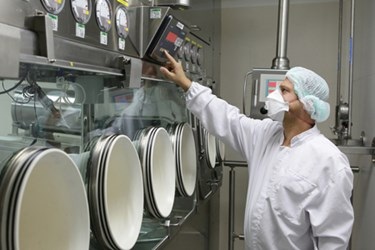Continuous Biopharma Manufacturing: Intensify, Connect, And Continue

Although many new treatment modalities are emerging, monoclonal antibodies (mAbs) remain dominant in late development pipelines. Batch processing is the main method of mAb manufacture, but as the mAb molecule is highly conserved in terms of how it is expressed and purified, it lends itself well to industrialization. In other words, mAb molecules are perfect candidates for continuous bioprocessing, where there are real opportunities to improve efficiency, speed and cost reduction. After all, it is no longer sufficient to have a biomolecule that simply works – or a bioprocess that focuses only on meeting existing demand, no matter the cost. Manufacturers are being pressured by governments and payers to lower drug costs. At the same time, there is increasing competition from biosimilars.
To bring down costs, the mAb factory of the future will need to have a smaller footprint and lower cost infrastructure. It must also be much more efficient in terms of how it produces drug product. Achieving all of these goals requires a rethink of the bioprocess itself, including how the molecule is manufactured in terms of system – stainless steel, single use, or a combination of both – how the plant is controlled through software and automation systems, and how analytics can reduce the burden of quality control testing. Many different fields are coming together now – and industry 4.0 is a big buzz word – but one of our main areas of focus is on improving the process. Traditional batch manufacture is notoriously inflexible. The mAb manufacturing industry needs a process that can meet the demands of today, while being flexible enough to meet the demands of the future, as new markets open up. There is a natural evolution taking place in the industry as companies strive for next-generation bioprocessing – and in many cases it leads to continuous bioprocessing.
Source : bioprocessonline